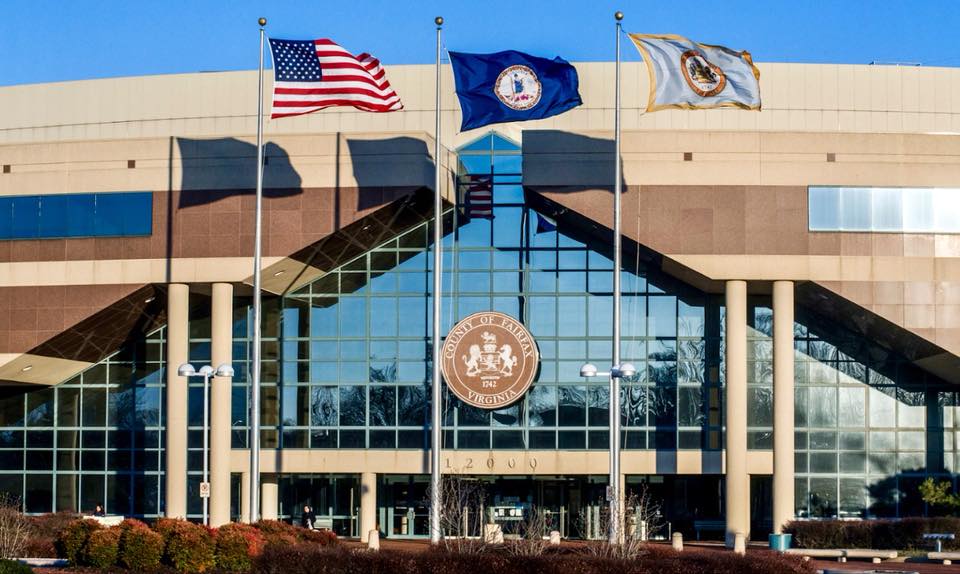Top 10 Essential Hearth Safety Tips for Fairfax County, VA Residents
As the weather begins to cool and families in Fairfax County, VA start cozying up to their hearths, it becomes crucial for homeowners to familiarize themselves with essential fireplace safety tips. As a leading chimney sweep company, A&T Chimney Sweeps fireplace, furnace, dryer vent, gutter cleaning, and repair services in Fairfax County, VA, are dedicated to ensuring that our clients and the whole community use their fireplaces safely. To help you enjoy a warm and safe winter season, we have compiled the top 10 essential hearth safety tips.
1. Regular Chimney Inspections:
Regardless of how frequently you use your fireplace, having your chimney inspected annually is a must. This helps uncover any buildup of creosote, a highly flammable substance, or any structural issues that need to be addressed.
2. Professional Chimney Cleaning:
While some homeowners prefer DIY methods, professional chimney cleaning is advisable. Trained technicians have the necessary equipment and expertise to completely remove creosote, soot, and any other blockages that could pose a fire hazard.
3. Use Seasoned Wood:
When it comes to firewood, dryer is better. Seasoned wood, which has been dried for at least six months, burns hotter and cleaner than fresh wood. This helps reduce the buildup of creosote inside the chimney.
4. Maintain a Safe Fire Size:
A roaring fire might seem appealing, but it’s safer to keep the fire small and controlled. A fire that’s too large can lead to overheating and increased creosote buildup.
5. Install a Chimney Cap:
A chimney cap prevents wildlife, debris, and precipitation from entering your chimney. This simple accessory can prevent blockages and potential fire hazards.
6. Keep the Hearth Area Clear:
Ensure a three-foot radius around your fireplace is free from furniture, curtains, or other flammable items. Kids and pets should also be instructed to keep a safe distance.
7. Use a Fireplace Screen:
A fireplace screen keeps sparks and embers from escaping and potentially igniting nearby flammable items. It also guards against logs rolling out of the fireplace.
8. Never Leave a Fire Unattended:
Even a small fire can quickly get out of control. Always extinguish the fire before going to bed or leaving the house.
9. Dispose of Ashes Safely:
Wait until ashes have fully cooled before disposing of them. Use a metal container and keep it a safe distance away from your home.
10. Install Smoke and Carbon Monoxide Detectors:
These detectors are your first line of defense against potential disasters. Test them monthly and change batteries twice a year.
FAQs
1. How often should I have my chimney cleaned?
While the frequency of cleaning depends on how often you use your fireplace, an annual inspection and cleaning are recommended for all homeowners.
2. Can I clean my chimney myself?
While it’s possible, professional cleaning is recommended to ensure all creosote and soot are removed safely and efficiently.
3. What type of wood is best for my fireplace?
Hardwoods, like oak and maple, are the best choices for your fireplace. They burn longer and create less creosote than softwoods.
4. What should I do if I suspect a chimney fire?
If you suspect a chimney fire, evacuate your home immediately and call 911. Once everyone is safe, contact a professional chimney sweep to inspect and repair any damage.
5. Can I use my fireplace if my chimney is damaged?
No. A damaged chimney can be very dangerous, potentially leading to house fires or harmful carbon monoxide leakage.
In conclusion, practicing these safety measures ensures that your fireplace remains a source of warmth and comfort rather than a potential hazard. Stay safe this winter with regular chimney maintenance and responsible fireplace use.








